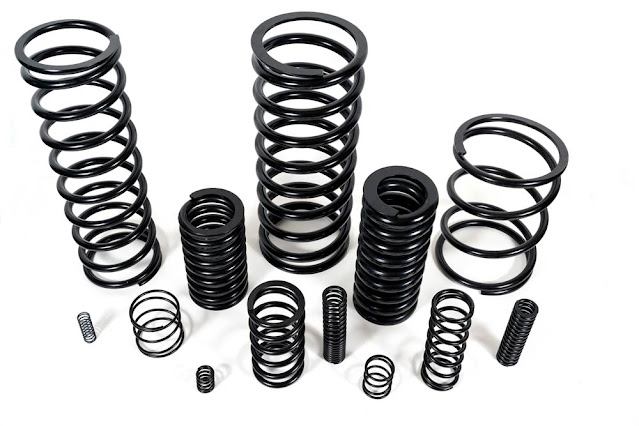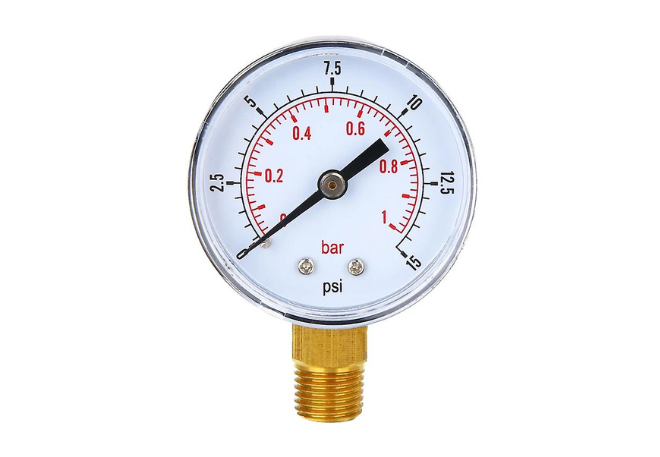Unraveling the Potential of Compression Springs: Essential Guide
Understanding the Mechanics of Compression Springs
Compression springs are a ubiquitous part of our everyday
lives, finding their way into several devices we utilize daily, such as pens,
automotive suspensions, and countless industrial applications. Their primary
function? To resist linear compressing forces, bouncing back to their original
shape and length when the pressure is released. This elasticity is integral to
the function of numerous machines and systems.
They're industrially produced from a wide array of materials
depending on the specific use case, the most common being stainless steel, due
to its resistance to corrosion and heat. Other materials include copper, brass,
and even rubber or plastic for certain low-stress applications.
Design Principles and Variations
The design principles behind compression springs are based
on Hooke's Law, which states that the force a spring exerts is directly
proportional to its displacement from its equilibrium position. Simply put, the
more a spring is compressed, the more force it will exert to return to its natural
state. The degree of this force is determined by the spring constant, a factor
that varies based on the material, coil diameter, and the number of coils in
the spring.
Despite sharing the same operating principle, not all
compression springs are alike. They come in a wide range of sizes, shapes, and
strengths, each designed for a particular task. Conical, hourglass, barrel, and
cylindrical are a few types based on their shape, each having unique
load-bearing characteristics.
The Production Process
Compression spring manufacturing is a process involving
precision and technical know-how. It begins with the selection of material,
which is then wound tightly around a mandrel, or rod, to the desired diameter.
The tension of the winding determines the strength of the spring. After
winding, the springs are often heat-treated to relieve stresses in the material
and increase durability.
The springs then undergo a process called 'grinding' where
their ends are made flat to allow better load-bearing capacity. After grinding,
a final inspection is done to ensure that the springs meet the specifications
required for their intended use.
Real-World Applications of Compression Springs
The versatility of compression springs allows for widespread use across various industries. Here are a few instances where they play a pivotal role:
- Automotive Industry: Compression springs are used in car suspensions, providing shock absorption to give you a smoother ride. They compress and expand to counteract the force of bumps and holes in the road, reducing the impact felt by passengers.
- Household
Appliances: They're found in everything from your dishwasher's door to
the buttons on your remote control. These springs allow for the
comfortable use of appliances by providing resistance and bounce-back.
- Medical
Devices: Small compression springs are used in devices such as
inhalers and insulin pens, providing the necessary force to deliver
medication.
- Industrial
Machinery: In manufacturing, these springs are essential components in
assembly lines and machinery, where they aid in movement and shock
absorption.
Maintenance and Replacement
Although compression springs are built for durability, they
aren't impervious to wear and tear. Regular inspection is vital, especially in
applications where spring failure could result in significant damages or
accidents, such as in automotive suspensions. Signs of wear include a
noticeable decrease in the spring's resistance, visible rusting, and deformity
in shape.
When spring is past its useful life, it should be replaced
with an exact match. Using a spring with a different spring constant could
alter the functionality of the device it's used in.
Wrapping Up
Despite their unassuming presence, compression springs are a
crucial part of modern machinery and everyday items, offering elasticity, shock
absorption, and the right amount of resistance. Their design, production, and
maintenance underline their importance in various industries and applications.
Understanding these humble components' function and utility, one might argue,
is understanding a small but fundamental part of how our modern world works.




Comments
Post a Comment